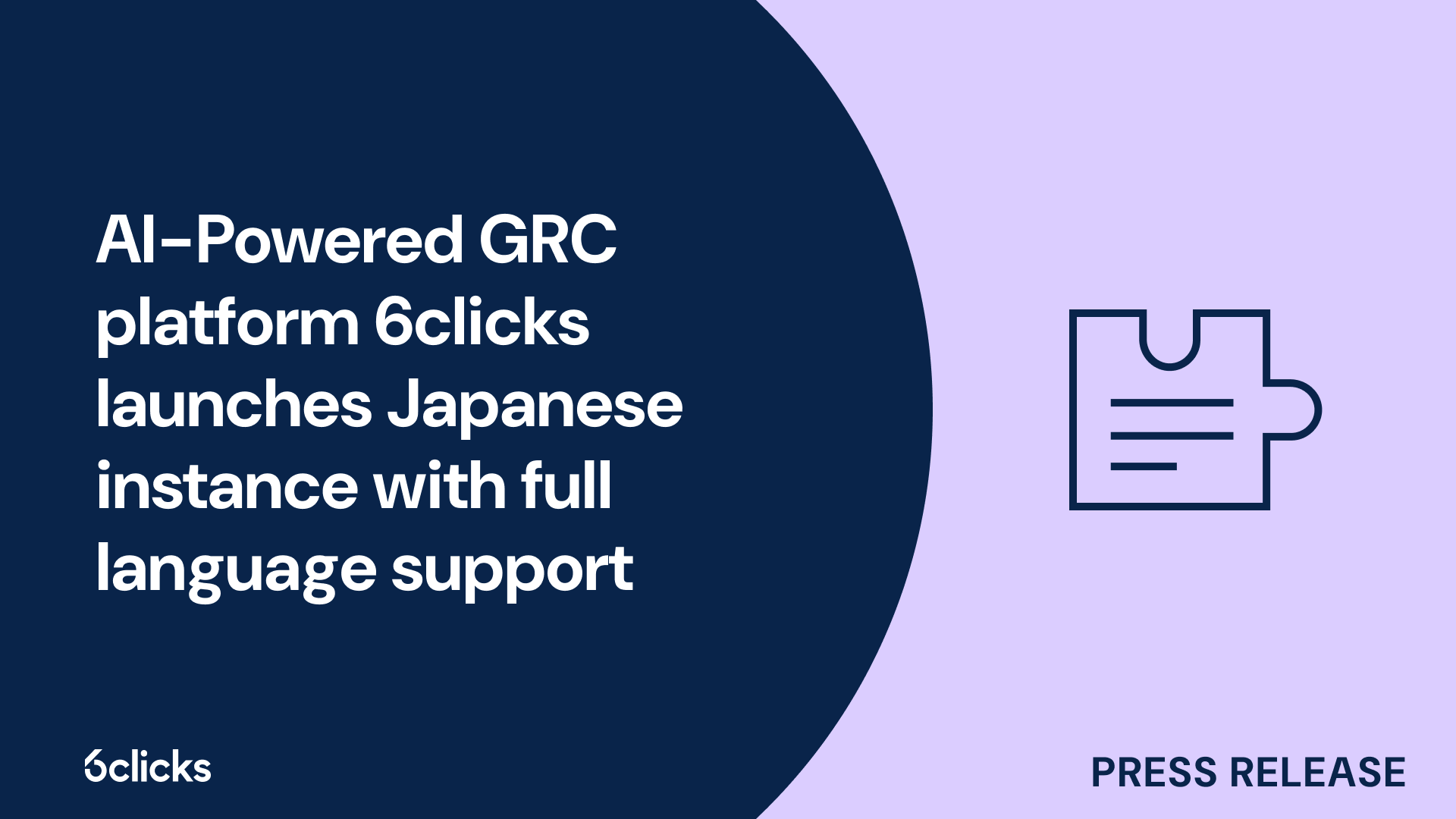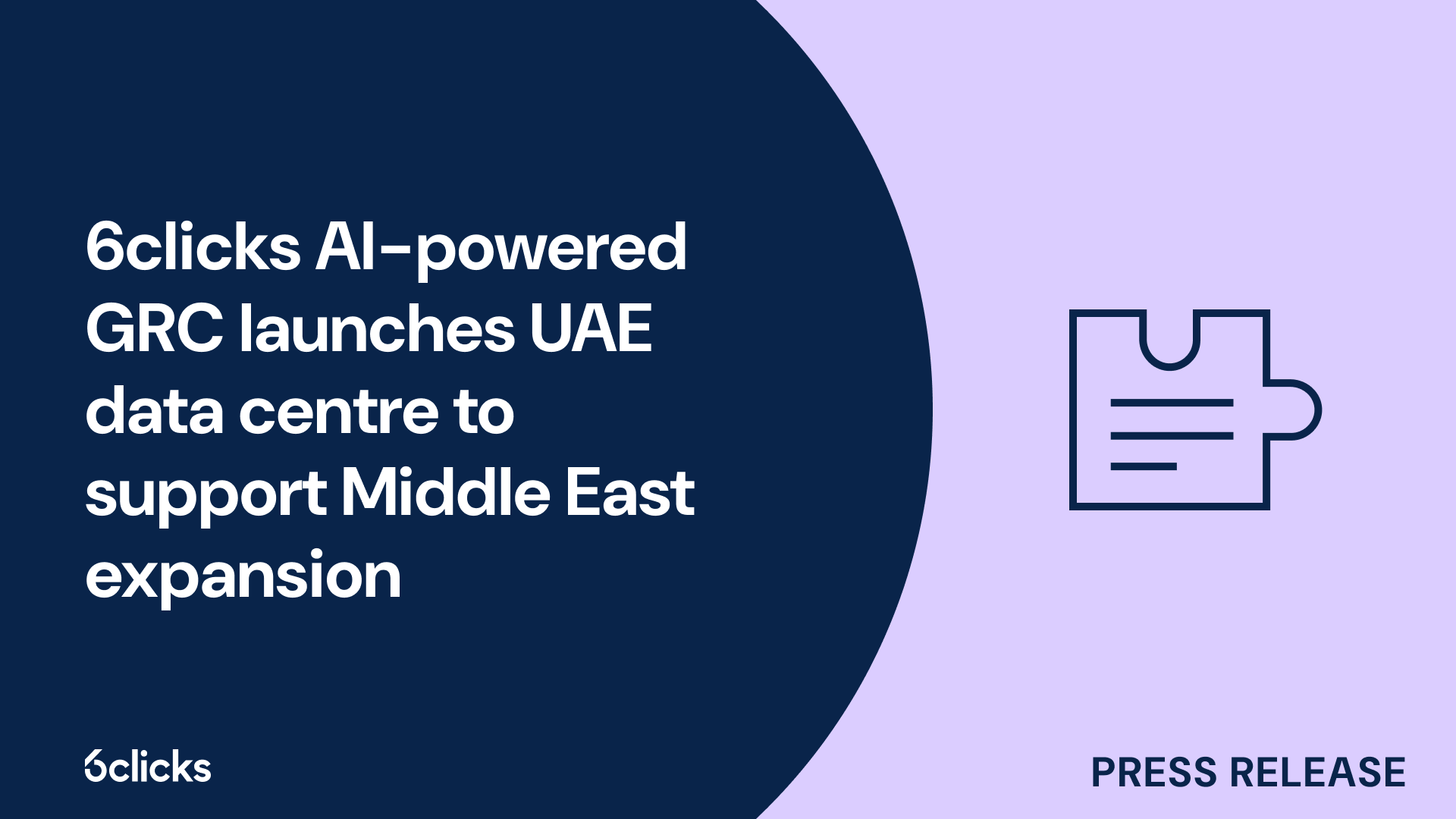The GRC buyer’s guide for 2025: Building resilience with AI-powered, federated solutions
Discover the ultimate GRC buyer's guide for 2025! Uncover how AI-powered, federated solutions transform compliance and security management for industries like government, aerospace, banking, and more. Learn about centralized control, continuous compliance, and advanced cyber GRC capabilities. Download now!
-1.png?width=200&height=249&name=Group%20193%20(1)-1.png)
The GRC buyer’s guide for 2025: Building resilience with AI-powered, federated solutions
What is the MITRE framework?
The MITRE framework, also known as MITRE ATT&CK, is a comprehensive knowledge base that provides security practitioners with a detailed understanding of the techniques used by threat actors. It offers a common taxonomy and a base of adversary tactics, techniques, and procedures (TTPs), which are categorized into different stages of the attack lifecycle. The framework is widely used by security teams, threat hunters, and security practitioners to enhance their threat intelligence, improve security postures, and strengthen their security controls. By mapping and understanding adversarial behavior, security teams can better detect and respond to cyber threats. MITRE ATT&CK is considered a valuable tool in the cybersecurity community and is widely used to address gaps in defenses, improve risk management, and enhance the overall cybersecurity readiness of organizations. The framework is continuously updated by MITRE Corporation, a non-profit organization, in collaboration with the cybersecurity community and industry partners such as Lockheed Martin.
How is it used in cyber security?
The MITRE framework is a valuable tool in the field of cyber security, providing a structured approach for security teams to plan their strategy, build defenses, and implement monitoring to detect and counter known attack techniques.
In terms of planning a cyber security strategy, the MITRE framework offers the ATT&CK model as a common taxonomy of known tactics, techniques, and procedures (TTPs) employed by threat actors. This model helps organizations understand the specific techniques used against them, enabling them to develop tailored security postures and allocate resources effectively. By categorizing and organizing adversary behaviors, the framework also assists security practitioners in identifying gaps in defenses and strengthening security readiness.
Building defenses against known attack techniques is another key aspect of the MITRE framework. It provides a base of adversary tactics and techniques that can be used as a reference for designing and deploying security controls. By understanding the common tactics used by threat actors, organizations can implement appropriate security measures to protect their enterprise networks, industrial control systems, and other critical assets.
Finally, the MITRE framework emphasizes the importance of implementing security monitoring to detect evidence of these known attack techniques. It helps security teams become proactive 'threat hunters' by providing a comprehensive understanding of adversarial behavior, attack methods, and the attack lifecycle. By leveraging threat intelligence and continuously monitoring for indicators of compromise, organizations can detect and respond to cyber attacks more effectively.
Origins of the MITRE framework
The MITRE framework, developed by the MITRE Corporation, has its origins in the need to address the complex and evolving landscape of cyber threats. Founded in 1958, the MITRE Corporation is a not-for-profit organization that operates federally funded research and development centers (FFRDCs). With a focus on strategic planning, policy analysis, systems engineering, and cybersecurity, MITRE has played a crucial role in shaping the landscape of modern cybersecurity. The origins of the MITRE framework can be traced back to its collaboration with Lockheed Martin in 2013 to address gaps in defenses and improve the ability to detect and respond to cyber threats. The framework evolved over time and introduced the Adversarial Tactics, Techniques, and Common Knowledge (ATT&CK) model, which has become an invaluable tool for security practitioners in understanding adversary behaviors, identifying attack techniques, and developing robust security strategies. Today, the MITRE framework is widely recognized and used by the cybersecurity community to enhance security readiness and mitigate the risks posed by persistent threats.
History of the development of the MITRE framework
The MITRE framework has a rich history of development, making it a valuable tool for cybersecurity practitioners. Initially introduced by the MITRE Corporation, a nonprofit organization known for its work in defense and intelligence, the framework aimed to provide a common taxonomy for understanding adversary tactics, techniques, and procedures (TTPs) in cyber attacks.
Over time, the MITRE framework expanded to cover various platforms, recognizing the need for comprehensive coverage across different operating systems. In 2017, the framework was extended to include Windows, Linux, and macOS platforms, ensuring that security teams could effectively analyze and defend against threats targeting these environments.
To further enhance the framework's capabilities, MITRE introduced the 'PRE-ATT&CK' matrix. This addition focuses on the actions taken by threat actors before an actual breach, providing valuable insights into their initial access techniques, target selection, and adversary infrastructure. The PRE-ATT&CK matrix helps security teams understand and mitigate risks before they escalate into full-blown cyber attacks.
Additionally, MITRE collaborated with Red Canary's Atomic Red Team project, which provides a framework for adversarial behavior simulation. This collaboration enhances the MITRE framework by incorporating practical attack simulations and enabling security professionals to validate the effectiveness of their security controls and detection capabilities.
The development history of the MITRE framework, including the expansion to cover multiple platforms and the introduction of the PRE-ATT&CK matrix and collaboration with Red Canary, demonstrates MITRE's commitment to empowering security practitioners and enhancing their understanding of adversarial tactics and techniques.
The role of MITRE in cybersecurity
The MITRE framework plays a crucial role in cybersecurity by providing a comprehensive approach to understanding and mitigating threats. One of its key components is the MITRE ATT&CK matrix, which serves as a valuable tool for security operations.
The MITRE ATT&CK matrix helps defenders anticipate attacker behavior by outlining the various tactics, techniques, and procedures (TTPs) used by threat actors. It provides a common taxonomy that enables security teams to categorize and analyze the actions of adversaries. By mapping out the different stages of an attack, from initial access to actions on objectives, the ATT&CK matrix allows defenders to gain insight into attackers' tactics and adapt their security postures accordingly.
Moreover, the ATT&CK matrix helps identify gaps in defenses. By understanding the techniques employed by threat actors, security practitioners can assess their current defenses and identify areas where they may be vulnerable. This knowledge allows organizations to prioritize their resources and focus on implementing effective mitigation strategies.
The MITRE ATT&CK matrix has been widely adopted by the cybersecurity community and is used by practitioners across various industries. Its use has become a standard practice in threat hunting, incident response, and security operations. The framework's effectiveness in improving security readiness and enhancing threat detection has made it an invaluable resource for cybersecurity professionals.
Overview of the MITRE ATT&CK model
The MITRE ATT&CK model is a valuable tool in the cybersecurity community that provides an extensive knowledge base of adversarial behaviors and tactics used by threat actors. It serves as a comprehensive framework for security practitioners to understand the various stages of an attack and the specific techniques employed by attackers. By categorizing and analyzing these tactics, the ATT&CK model helps organizations assess their security readiness and identify gaps in defenses. This knowledge enables security teams to prioritize resources and implement effective mitigation strategies to protect their enterprise networks, industrial control systems, and valuable data. By continuously updating and expanding the base of adversary tactics, the MITRE ATT&CK model stays up-to-date with the evolving threat landscape, making it an essential resource for security teams, threat hunters, and cybersecurity practitioners alike.
What is att&ck?
ATT&CK, short for Adversarial Tactics, Techniques, and Common Knowledge, is a comprehensive framework developed by MITRE corporation to understand and categorize adversaries' tactics and techniques in the context of cyber security. It serves as a valuable tool for security practitioners, researchers, and organizations to enhance their security postures and defend against cyber attacks.
The purpose of ATT&CK is to provide a standardized and common taxonomy of adversarial behaviors. It offers a detailed matrix that outlines various tactics and techniques used by threat actors throughout the attack lifecycle. By mapping out the steps taken by adversaries, ATT&CK facilitates threat detection, enables proactive threat hunting, and enhances cyber threat intelligence.
This framework helps to bridge the gap between security teams and the cyber threats they face, providing a clear understanding of how attackers operate and the technical objectives they aim to achieve. With ATT&CK, security practitioners gain insights into attack methods, enabling them to identify gaps in their defenses and develop more effective security controls.
Technical and operational adversary tactics and techniques (TTPs)
The MITRE framework provides a comprehensive understanding of adversary tactics, techniques, and procedures (TTPs) used in cyber attacks. In this context, tactics refer to the high-level objectives or goals that threat actors aim to achieve, while techniques are the specific methods employed to accomplish these goals.
The Enterprise ATT&CK matrix, a key component of the MITRE framework, outlines 14 tactics commonly observed in cyber attacks. These tactics include initial access, execution, persistence, privilege escalation, defense evasion, credential access, discovery, lateral movement, collection, exfiltration, command and control, impact, and execution of additional techniques.
It is important to note that not all attacks leverage each tactic, and the number and order of techniques used depend on the attacker's objectives. For example, an attacker seeking to gain access to a target network might focus on tactics such as initial access and execution. Once inside, they may employ techniques like persistence and privilege escalation to maintain access and elevate their privileges.
Understanding adversary tactics and techniques is crucial for security teams and threat hunters as it provides insights into how cyber attackers operate. By leveraging the MITRE framework and its Enterprise ATT&CK matrix, organizations can conduct proactive threat hunting, detect and respond to cyber threats more effectively, and bolster their overall security posture.
Core components of the ATT&CK model
The core components of the ATT&CK model encompass the tactics and techniques used by attackers in cyber attacks. The model, developed by MITRE, provides a comprehensive framework for understanding and categorizing adversarial behavior.
The ATT&CK model consists of several tactics, which represent different stages or objectives in an attack. These tactics include initial access, execution, persistence, privilege escalation, defense evasion, credential access, discovery, lateral movement, collection, exfiltration, command and control, impact, and execution of additional techniques. Each tactic represents a specific goal that an attacker may pursue during an attack.
Within each tactic, there are multiple techniques that attackers may employ to accomplish their objectives. These techniques can vary widely and cover various aspects of cyber attacks, including exploit techniques, network manipulation, and data exfiltration methods. The ATT&CK framework provides a detailed taxonomy of these techniques, serving as a valuable tool for security practitioners, threat hunters, and security teams in understanding and mitigating cyber threats.
The ATT&CK framework consists of three distinct matrices: Enterprise, Mobile, and ICS (Industrial Control Systems). Each matrix is tailored to specific environments, reflecting the unique characteristics and risks associated with each domain. While the tactics used in these matrices may be similar, the techniques employed by attackers can differ significantly, emphasizing the need for targeted security postures and threat intelligence in each specific environment.







